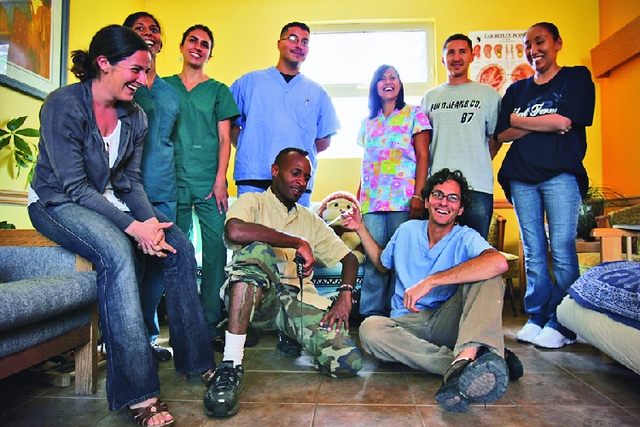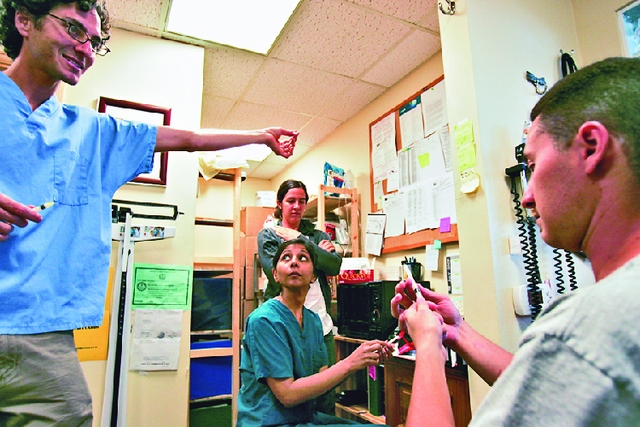Health Care For The Uninsured
Collaborative Prizes Treatment Over Profits But Still Struggles Under Debt


Ziwasimon works with students from UNM and CNM.
Xavier Mascareñas
Latest Article|September 3, 2020|Free
::Making Grown Men Cry Since 1992


Ziwasimon works with students from UNM and CNM.
Xavier Mascareñas
